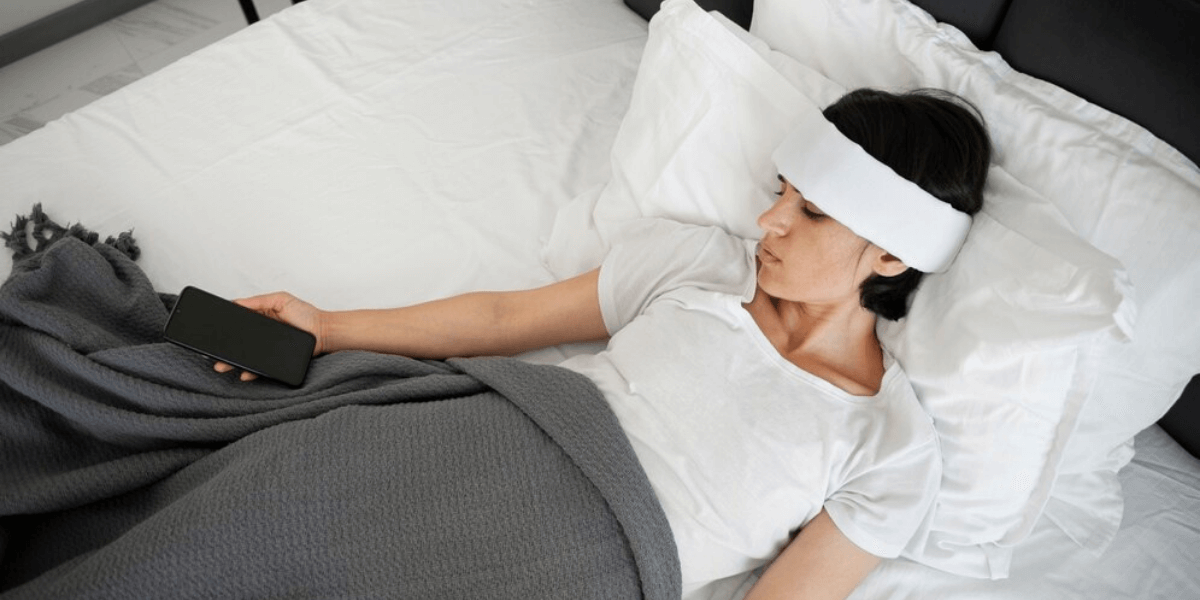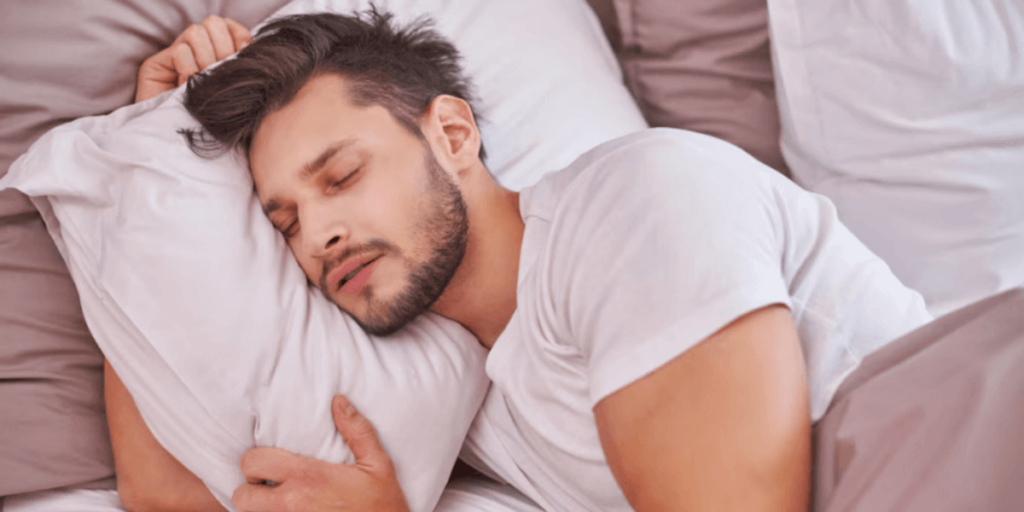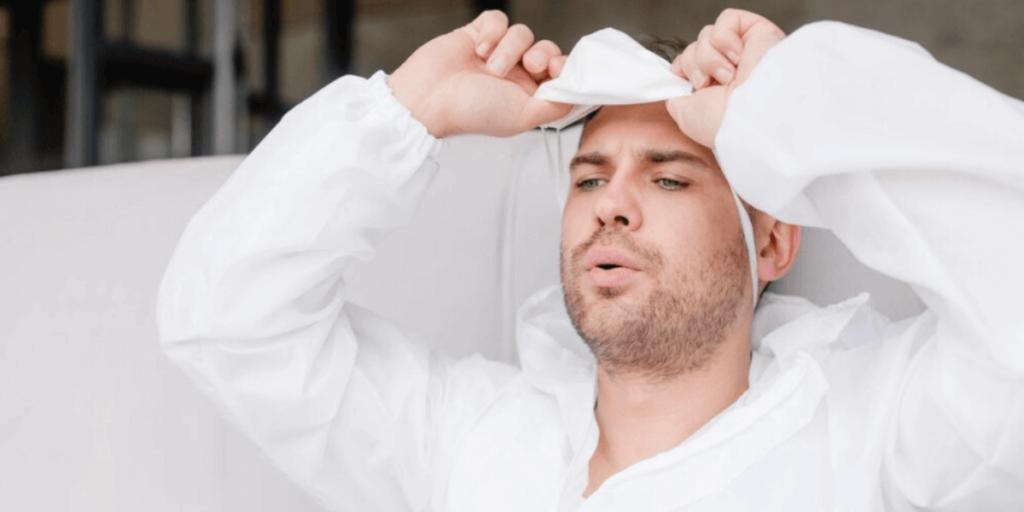 Whatsapp
Whatsapp

After hair transplantation, many of us are undoubtedly concerned about sleep and rest. The main reason for this is that the grafts may be damaged during sleep or rest. However, contrary to popular belief, sleep and rest are very important for the growth of hair grafts. Therefore, you can experience a safe sleep process with the right sleeping positions. In this article, we will be answering questions such as how should the correct sleeping position be after hair transplantation, what should be considered while sleeping? You can experience a safe sleep process after hair transplantation by browsing our content called "How to Sleep After Hair Transplantation?". We wish you all healthy days and pleasant reading.
Sleeping routines after hair transplantation are as important as sleeping positions. At this point, it is necessary to choose the right sleeping position as much as possible. This way, your hair grafts will grow in a healthier way. In addition, the correctly chosen sleeping position provides blood flow in the transplanted area and positively affects the healing process. It also helps you to be more comfortable by reducing edema and swelling after hair transplantation. For this reason, by choosing the right sleeping position, you can help your hair grafts grow and recover quickly.
One of the most curious questions after hair transplantation is "what is the best sleeping position after hair transplantation?". The reason for this is that individuals who have a hair transplant try not to damage the hair grafts by resting in the correct sleeping position. For this, keeping your head in an elevated position can be one of the best positions for sleeping after hair transplantation. This is because it increases blood flow, reduces edema and swelling and prevents the hair follicles from moving. Therefore, try to use pillows that will keep your head high while sleeping. In this way, your head will remain elevated and possible problems will be prevented to a great extent.
The side lying position, which is a very comfortable position during sleep, is not a recommended position after hair transplantation. The main reason for this is that it can damage the grafts. Because in the side lying position, the head may involuntarily show a rotational reflex. And this can cause more damage to the grafts. For this reason, take care not to lie on your side as much as possible after hair transplantation. If improvement is observed in the hair transplantation area, you can switch to the side lying position under the control and recommendation of the doctor.

Although sleeping on your face after a hair transplant may seem quite safe, contrary to popular belief, it is not a recommended sleeping position. For this reason, be careful not to sleep on your stomach after a hair transplant. Otherwise, there may be pressure on the areas where hair transplantation was performed, it may cause displacement or damage to the hair follicles, and finally, due to the pressure on the face and neck, the quality of sleep will be negatively affected. Thus, your healing process will be negatively affected. The prone sleeping position should only be used if full recovery is observed during the hair transplant procedure.
Sleeping on your back, which is undoubtedly the most recommended position after hair transplantation, is a position that contributes greatly to the healing process of hair transplantation. For this reason, try to sleep on your back as much as possible and use a few pillows. In this way, you will relieve the pressure on the transplantation area and at the same time prevent the transplanted hair follicles from being displaced or damaged. When sleeping on your back after hair transplantation, use a neck pillow or double pillow as much as possible. This will prevent you from possible spins.
Returning to a normal sleep pattern after hair transplantation may vary depending on the type of surgical procedure, the person's healing process and the surgeon's recommendations. Generally, in the first few days after hair transplantation, it may be difficult to find a comfortable sleeping position and alternative positions such as slightly elevating your head or lying on your side may be preferred. However, as the healing process progresses and wound healing is completed, it may be possible to return to normal sleeping positions. At this point, you can consider the suggestions we have given below.
The period between 0-10 days, the first days of hair transplantation, is a period that requires a lot of attention. For this reason, try to lie on your back on an inclined place as much as possible. This is very important both in terms of preventing damage to the grafts and in terms of the speed of recovery.
The period between 10-14 days after the procedure is a time when possible sensitivity disappears and healing is observed, albeit slowly. For this reason, you can sleep on your back using a neck or double pillow to speed up the healing process even more. In this way, you will minimize the pressure in the area.
From the 10th day onwards, improvement can be observed in the transplanted areas. However, to be on the safe side, do not sleep on your stomach. This sleeping position may cause more pressure on the head. However, after the 14th day, you can sleep in any position you wish. This way you can have a comfortable sleep and rest experience.

Paying attention to your sleep routine after hair transplantation is important to support the healing process and achieve the best results. At this point, we have a few suggestions for a correct and healthy sleep routine. By paying attention to these suggestions, you can direct your healing process and graft health in a positive direction. These points are as follows;
The best and most suitable sleeping position is very important for a healthy hair transplantation process. For this, determine your sleeping position within the recommendations of your doctor. This will be very healthy for hair grafts. For example; You can keep your head elevated while sleeping or resting, and you should also position your head at a 45-degree angle. You can get help from a neck pillow and a double pillow.
Since the scalp is very vulnerable to infections after hair transplantation, you should pay attention to its cleanliness and hygiene as much as possible. For this, in addition to washing the grafted area, you should pay attention to the bed sheet and pillowcase of the bed you are lying on. We recommend changing them as much as possible. This will prevent the risk of possible infection.
For the first few days after hair transplantation, discharge may come from the transplant area. This is quite natural and there is no need to worry. In such a case, place a towel or a soft piece of cloth on your pillow. This will absorb the possible discharge and make you comfortable.
It is important to keep the head and neck area elevated after the procedure. This ensures proper blood flow and prevents damage to the grafts. For this reason, take an extra pillow under your head while sleeping or resting as much as possible. This helps to keep the head and neck area elevated.
After the transplant, you can use extra pillows as well as neck pillows, also known as travel pillows. These pillows support the neck area, allowing the scalp to remain free. Thus, the transplantation area will not crawl anywhere.
Take care not to rub the grafts against anything while sleeping or resting after the hair transplant procedure. Otherwise, the grafts may dislodge and cause possible bleeding. In this case, it prevents the healing process and prevents you from getting the desired results from the transplantation process.
You can have a very healthy hair transplant process by contacting the experienced experts of Estetica Istanbul for all the questions you have in mind, such as proper sleep patterns after hair transplantation, and finding answers to all the questions you have in your mind about hair transplant surgery.